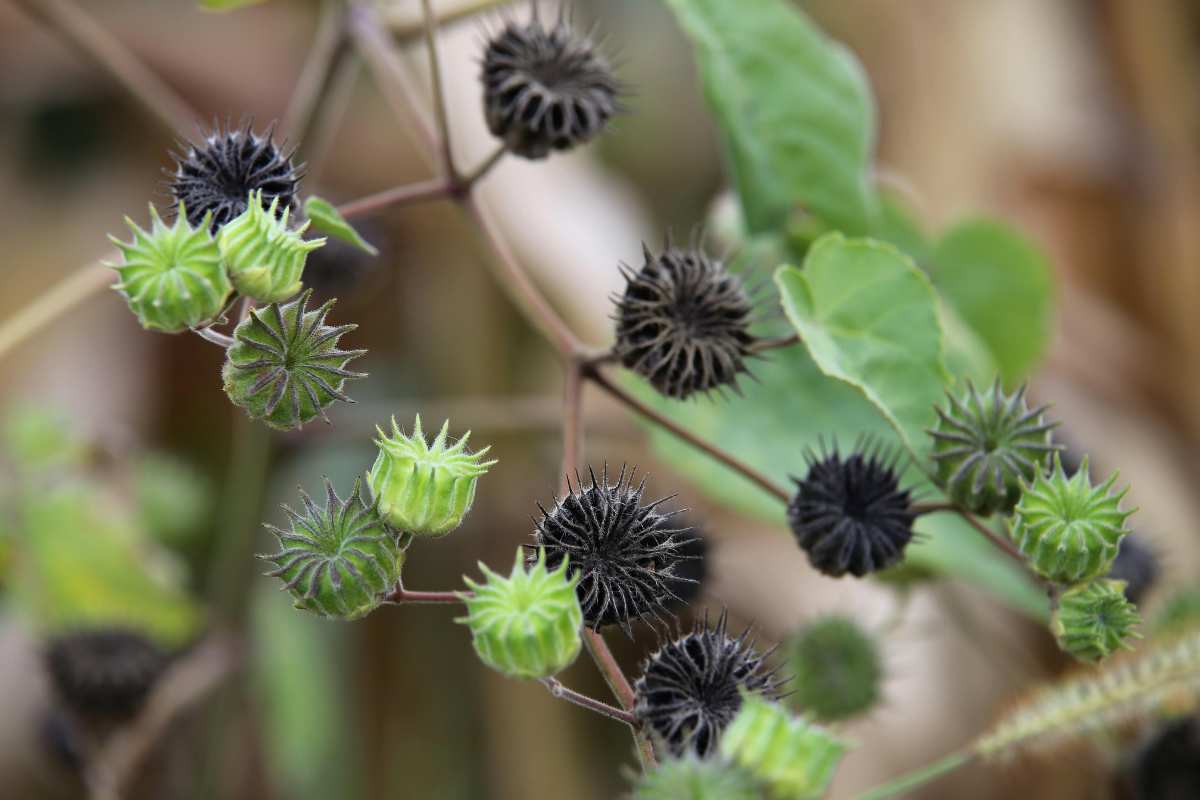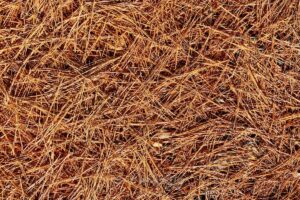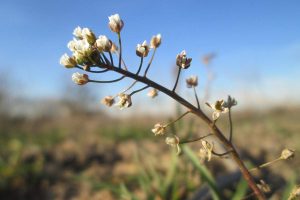This page may contain affiliate links. If you click and buy, we might get a small commission at no cost to you.
Michigan is home to many different species of plants, including some that are considered weeds. Weeds are invasive plants that are considered a nuisance by many homeowners and farmers. They can be unsightly and take nutrients out of soil needed for lawns, gardens, and crops.
Weeds can be either annual or perennial. If they are annual, weeds grow from seeds each year, live out their lifecycle in a year, and then die. Perennial plants do not die each year, and keep returning. They grow from bulbs or shoots in the ground called rhizomes. Some weeds are both.
Keep reading to learn more about 20 of the most common weeds of Michigan.
20 Weeds in Michigan
Michigan’s northern climate gives just the right conditions for several varieties of unwanted weeds. These pesky plants steal nutrients from the soil and compete with lawns and crops. Here are 20 of the most common weeds of Michigan.
1. Giant Foxtail

Giant foxtail is a summer annual weed that is commonly found in gardens, fields, and other areas with disturbed soils. It gets its name from the fuzzy seed clusters on the tips of stem.
This weed can grow to be quite large, with stems reaching up to 3 feet in length. The leaves of giant foxtail are green and slightly hairy, and the plant produces small, yellowish-brown flowers.
2. Common Lambsquarters
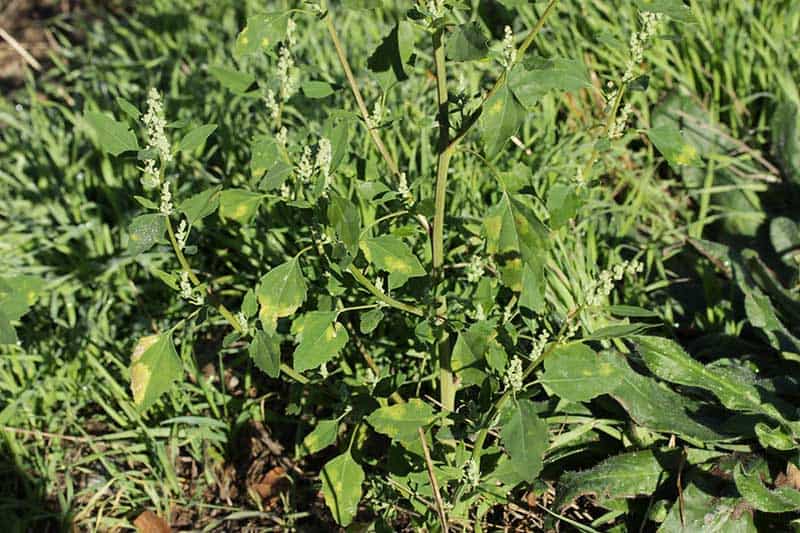
Lambsquarters is an annual plant that grows from seed each year. The leaves are alternate, ovate to diamond-shaped, and have a mealy appearance. The upper leaves may be slightly hairy.
The flowers are small, green, and borne in dense clusters at the ends of the stems. Lambsquarters can grow up to 4 feet tall but is usually much smaller. It is found in gardens, fields, waste areas, and roadsides.
3. Giant Ragweed

Giant Ragweed is a tall plant that can grow up to 8 feet tall. The leaves are large and have three lobes. The flowers are small and greenish-white in color. They grow in clusters at the end of the stems.
4. Eastern Black Nightshade
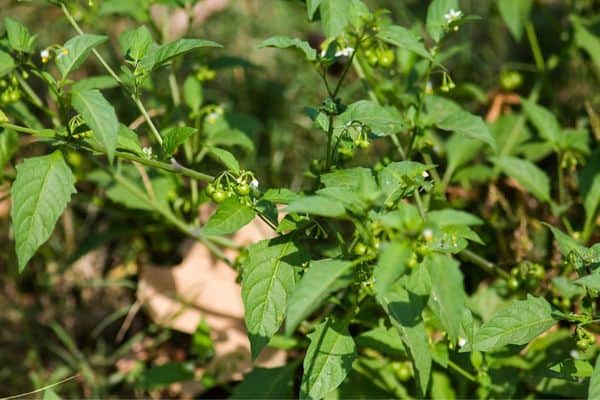
Eastern black nightshade is an annual weed related to the tomato. They can be found in gardens, fields, and waste areas. The plant that typically grows to about 1-2 feet in height.
The leaves are alternate, simple, and have a slightly toothed margin. The flowers are small and white with five petals.
5. Jimson Weed

Jimson weed is a tall plant with large leaves and white or purple flowers. The flowers have five petals and are about 1 inch wide. The fruit of the plant is a small capsule that contains black seeds.
Jimson weed is poisonous to humans and animals. The poison is found in all parts of the plant, but is most concentrated in the seeds.
6. Nutsedge
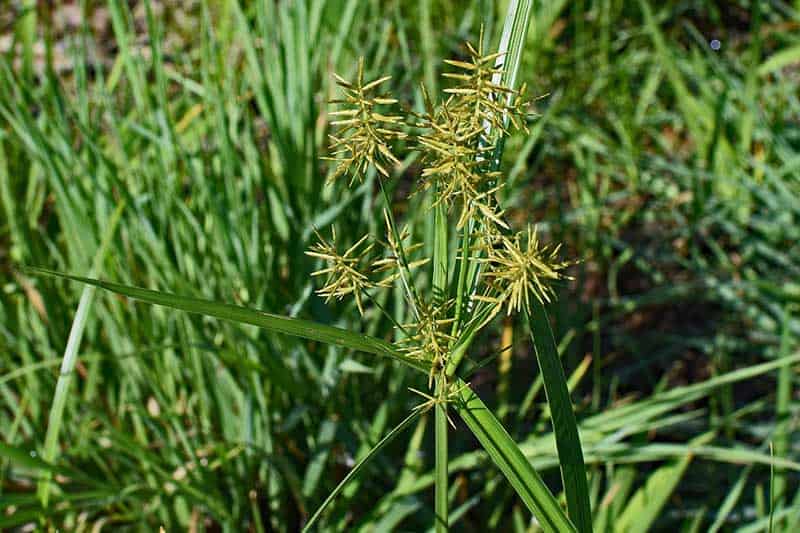
Nutsedge can be purple or yellow. It is a perennial weed. Nutsedge have seedheads that are long narrow cluster at the end of a stem. It’s one of the most persistent weeds and is extremely aggressive.
7. Wild Mustard
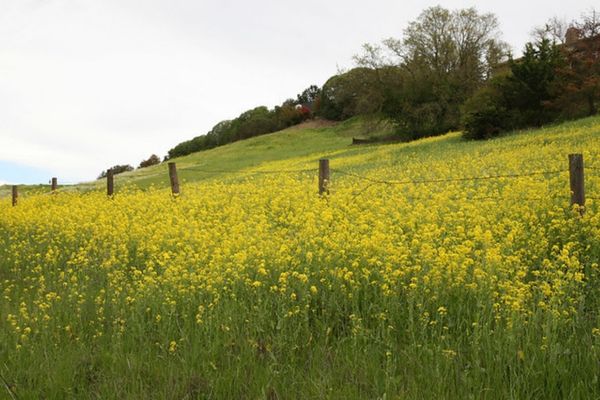
Wild mustard is an annual weed that is common in Michigan. It grows to be about 2-3 feet tall and has yellow flowers.
The leaves are long and have a toothed margin. The seed pods are oval-shaped and contain small, black seeds.
8. Pigweed
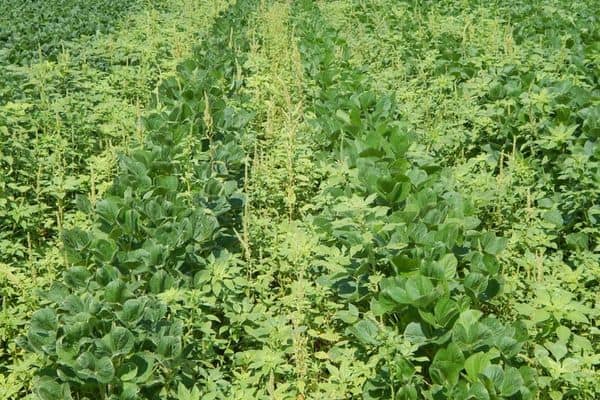
Pigweed is a problematic weed in many crops, including soybeans, corn, and small grains. There are a few varieties of pigweed.
The flowers are small and borne in clusters at the leaf axils. Seeds are produced in a seedhead that is typically green or red, depending on the species.
9. Velvetleaf
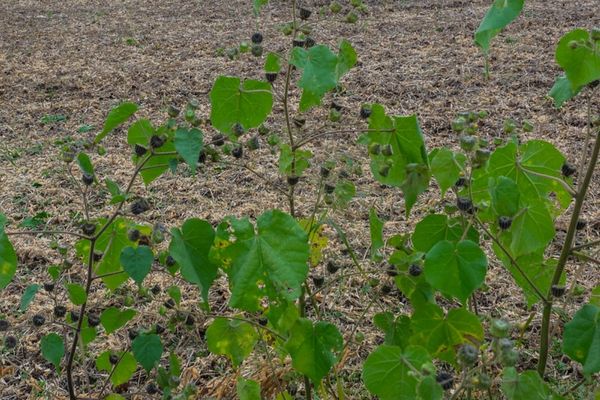
Velvetleaf is an annual weed that can grow up to 8 feet tall. It is easily identified by its large, heart-shaped leaves that are velvety to the touch.
The leaves are arranged alternately on the stem. The flowers are yellow and bell-shaped, growing in clusters at the leaf axils.
10. Horsenettle
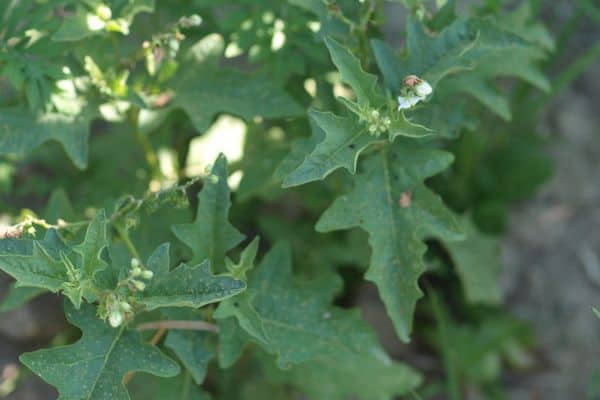
Horsenettle is a perennial weed that is common in Michigan. It has a deep taproot and can grow up to 3 feet tall.
The leaves are dark green and have a toothed margin. The flowers are small and white, and they bloom from June to August.
11. Sowthistle
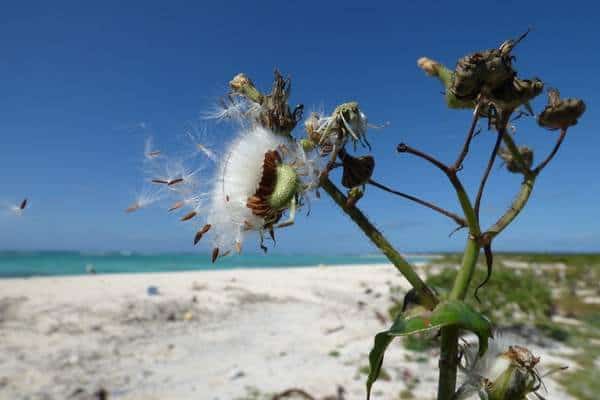
Sowthistle is a summer annual that reproduces by seed. It is a member of the dandelion family and can grow up to 4 feet tall.
Sowthistle has a rosette of toothed leave. The stem grows from the center. It also grows a long taproot.
12. Smartweed

Smartweed can be either annual or perennial weeds. It has slender, reddish stems and small, pink or white flowers. The leaves are usually lance-shaped or oblong, and the edges are often toothed or fringed.
They are often considered weeds because they can grow rapidly and spread easily. However, some people consider them to be attractive plants, and they are sometimes used in landscaping.
13. Fall Panicum
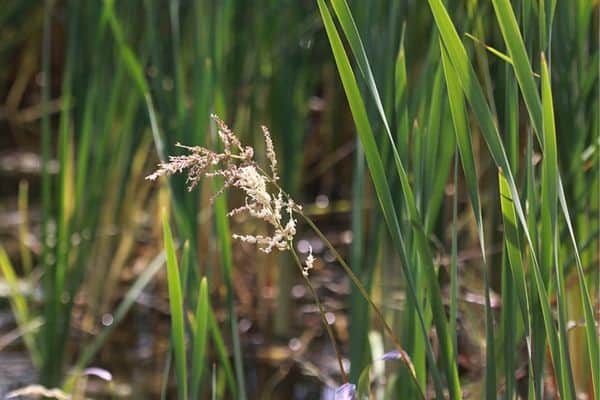
Fall panicum is a slender grass with erect or slightly nodding stems that can grow up to 3 feet tall. The leaves are linear to lance-shaped, and the edges are often rolled under.
While fall panicum is not considered a serious weed problem in agricultural settings, it can be a nuisance in home gardens and landscapes.
14. Quackgrass
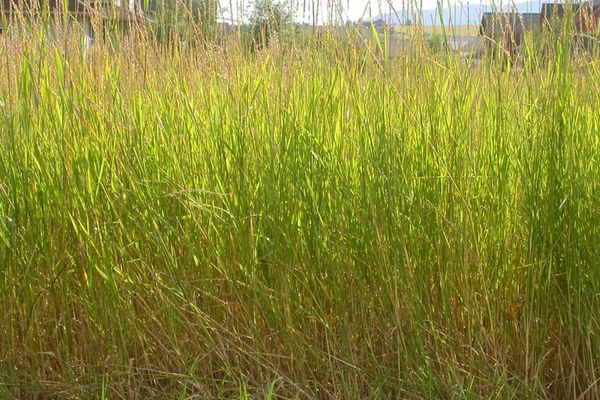
Quackgrass, also known as couch grass, is a perennial weed that is found in a lot of lawns and gardens. It spreads rapidly with rhizomes.
This weed has a very deep root system that can make it difficult to control. Quackgrass can spread quickly and choke out other plants in your garden.
15. Purple Deadnettle
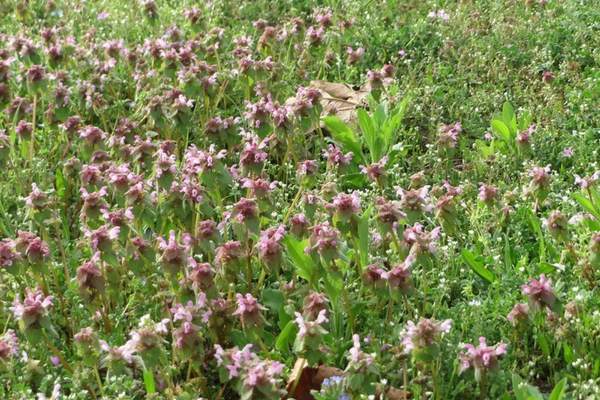
Purple deadnettle is a member of the mint family. The leaves look similar to mint and it has tiny purple or white flowers.
Purple deadnettle is a problem for farmers because it competes with crops for space, light, water, and nutrients. This weed can also serve as a host for crop diseases.
16. Common Pokeweed

Pokeweed is a perennial plant that can grow up to 10 feet tall. The stem is green and smooth with purple.
The leaves are alternate, simple, and ovate with serrated margins. The flowers are small, white, and clustered in umbels. The plant is poisonous to humans.
17. Hemp Dogbane
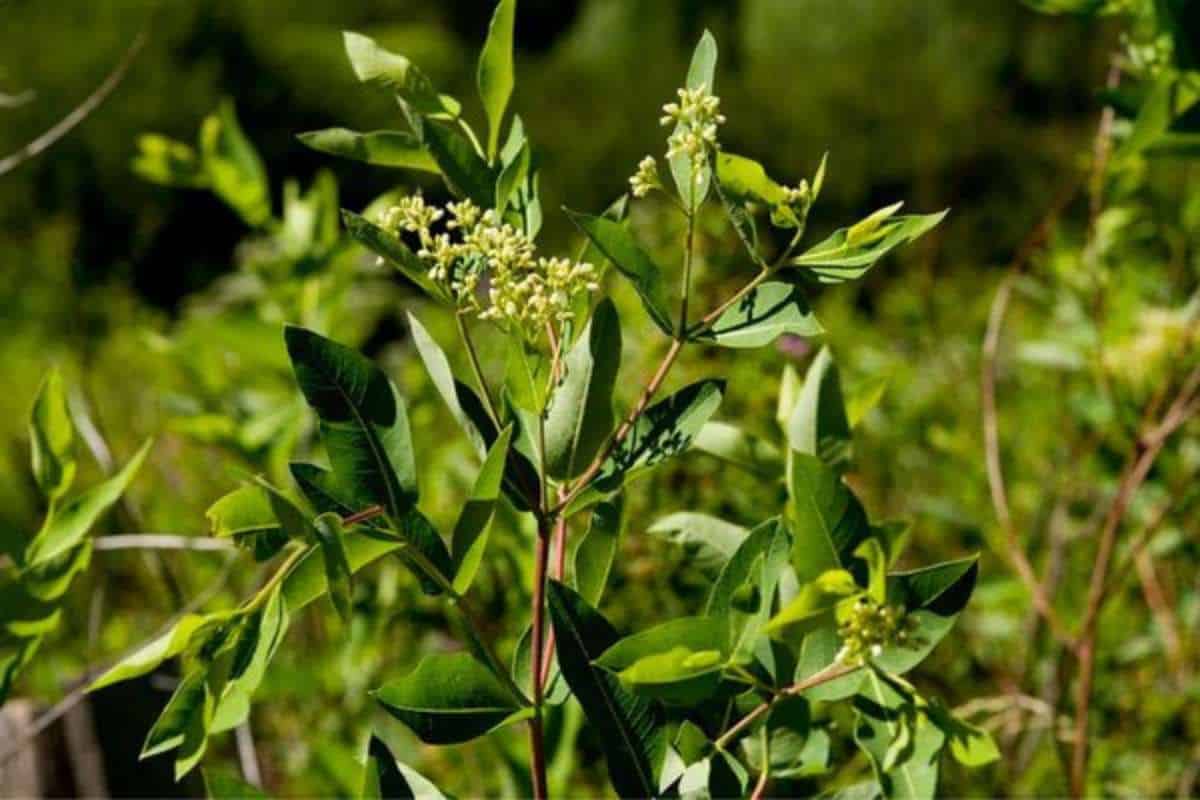
Hemp dogbane is a perennial weed that is that’s closely related to milkweed. It grows to be 2-4 feet tall and has erect, branching stems.
The leaves are opposite, lanceolate, and measure 2-6 inches long. They are pale green to dark green in color and have a smooth margin. The flowers are small, white, and borne in clusters at the ends of the branches.
18. Curly Dock
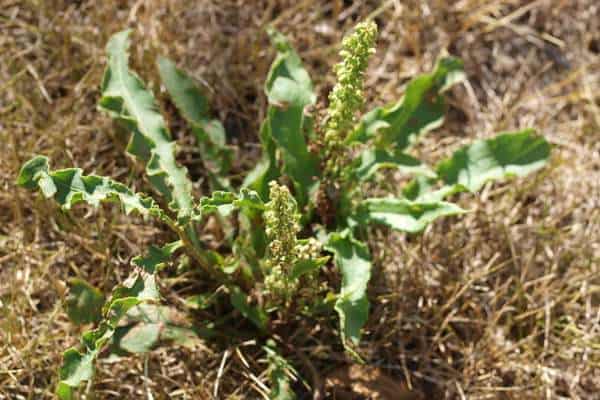
Curly dock is a broadleaf perennial weed that grows in moist soil. It can be found on roadsides, forest edges, and shorelines.
It has seeds encased in a shiny light brown casing. Leaves curl around the seeds before they drop.
19. Canada Thistle
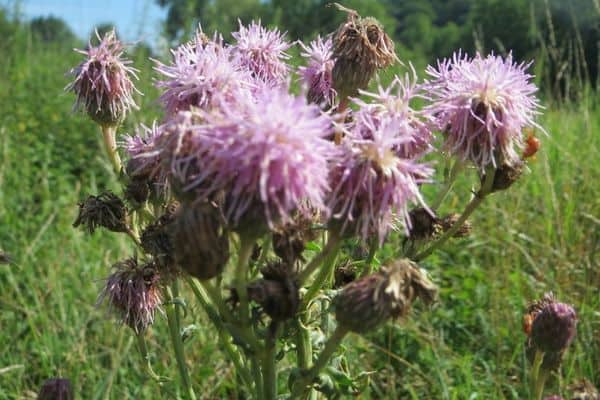
Canada thistle is a perennial weed that is widely distributed throughout Michigan. It is most commonly found in agricultural fields, pastures, and roadsides.
Thistle is a very aggressive weed that comes in different varieties. It can be annual or biennial, meaning it takes 2 years to bloom. Each flower head contains approximately 40-60 florets that are pink or purple in color.
20. Common Chickweed
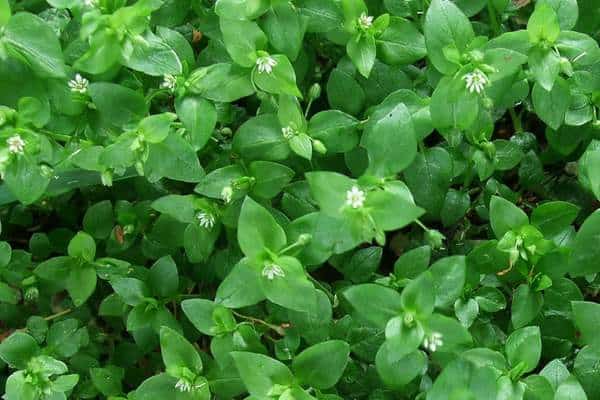
Common chickweed is an annual weed that can be a nuisance in gardens. It gets its name because chickens love to eat it. Chickweed has small white flowers that attract birds, bees, and butterflies.
